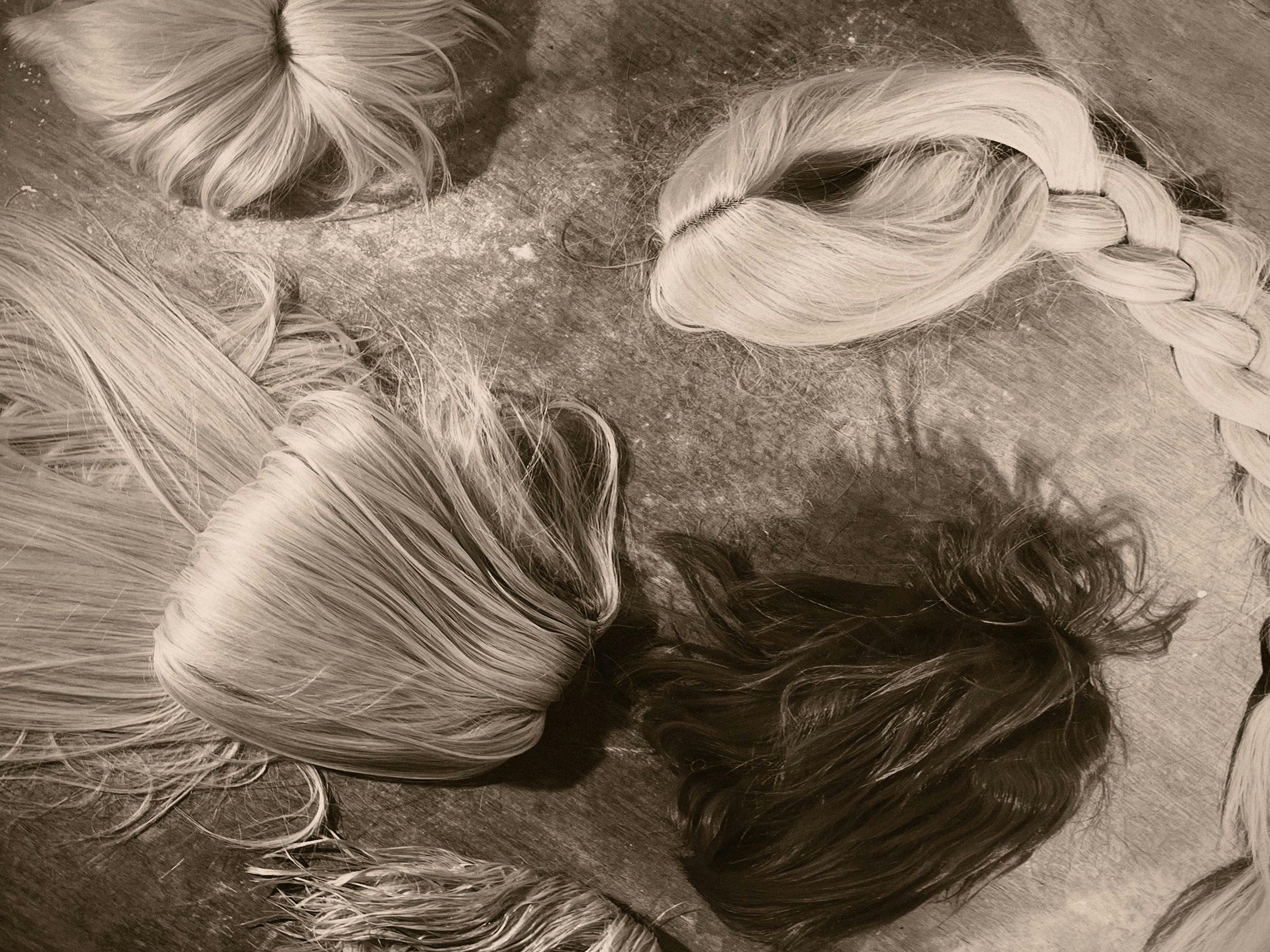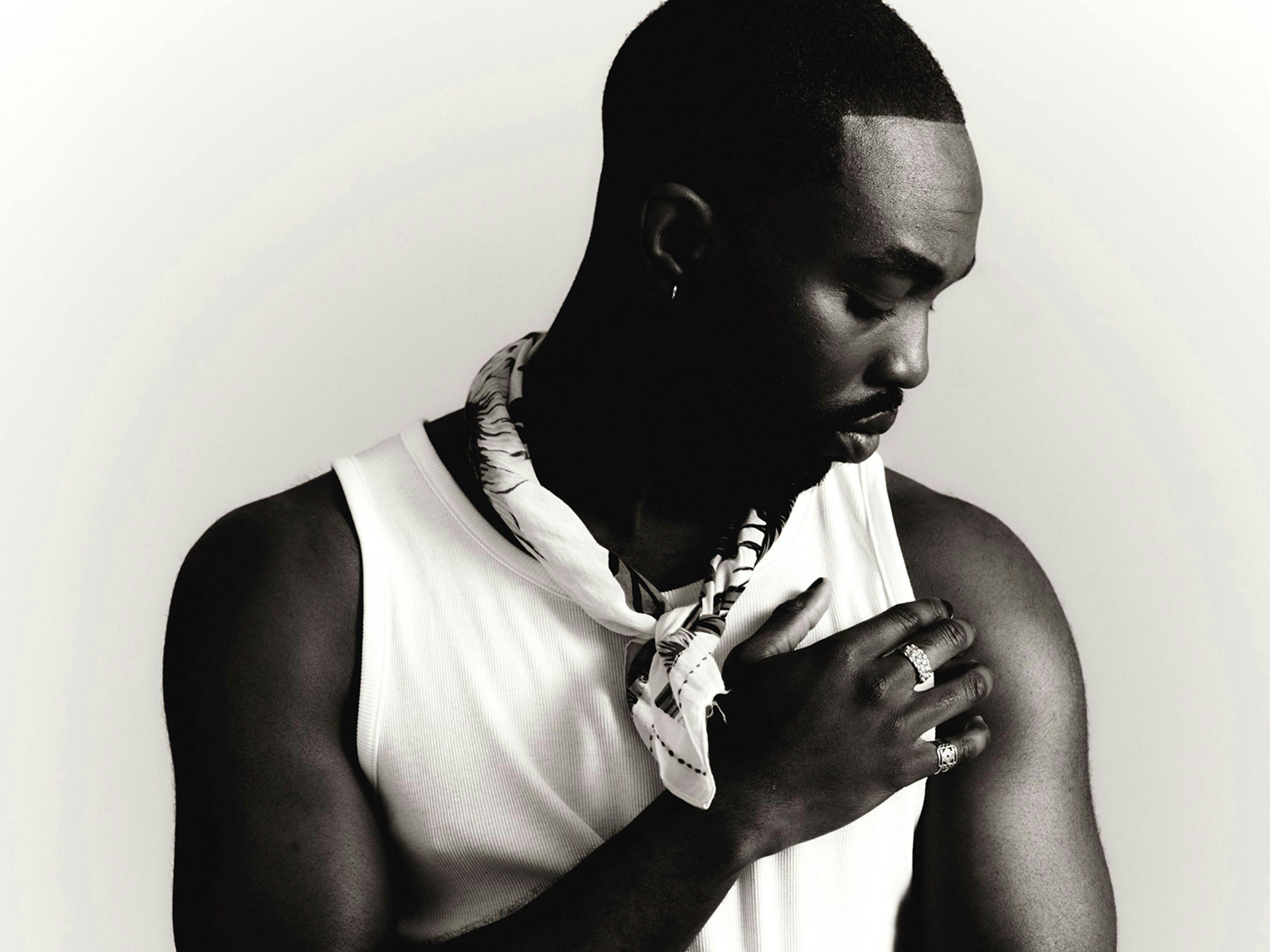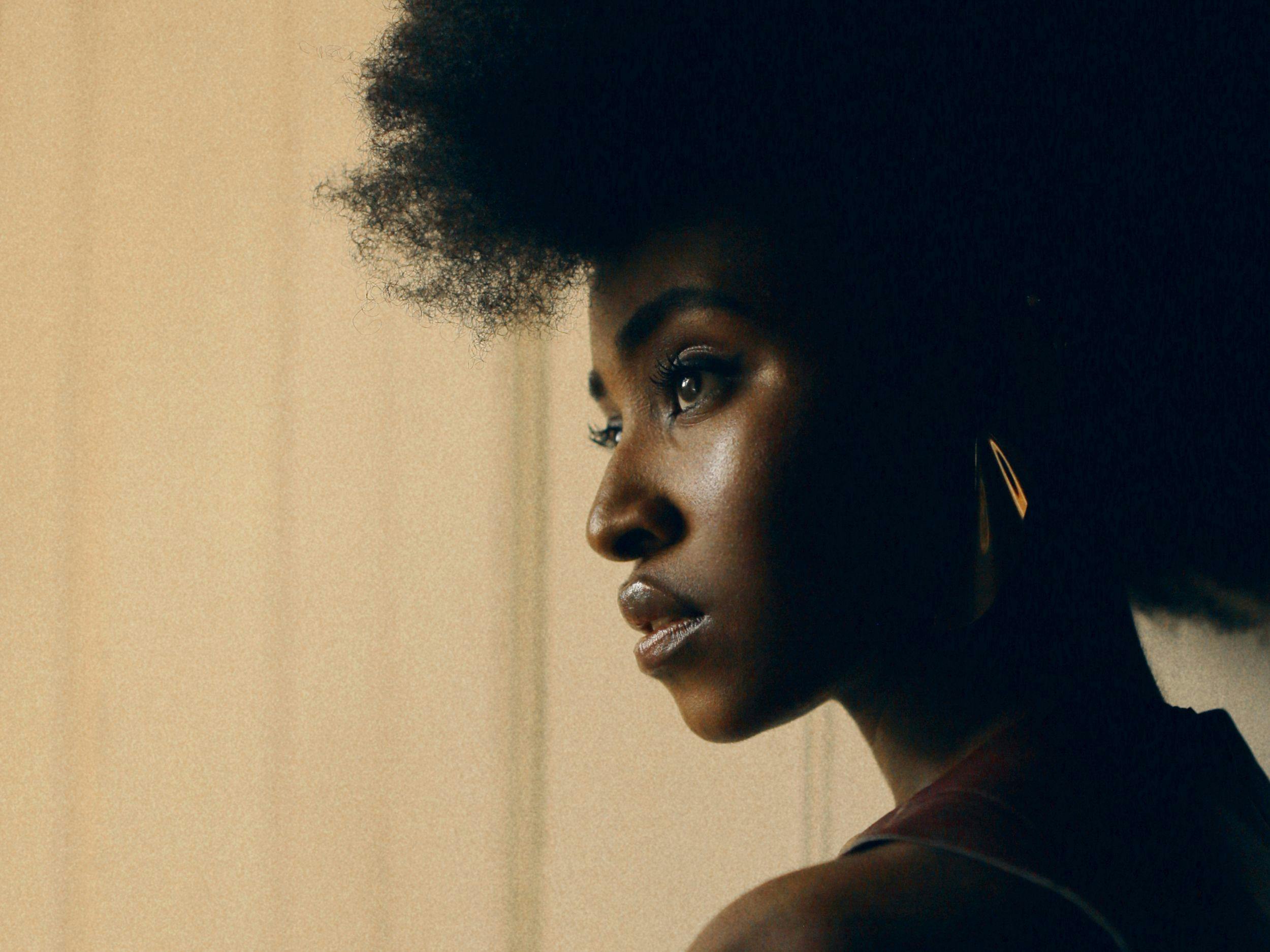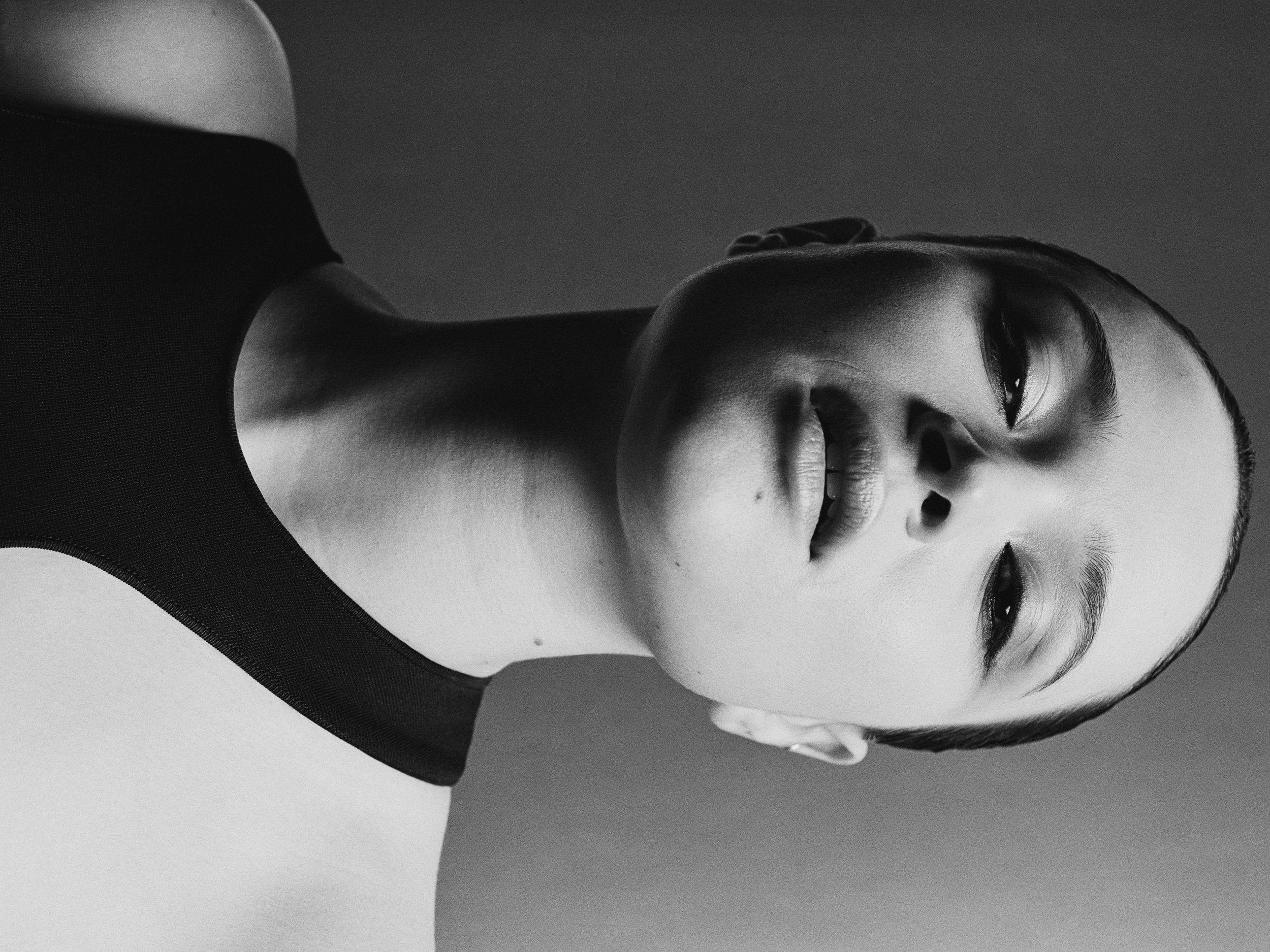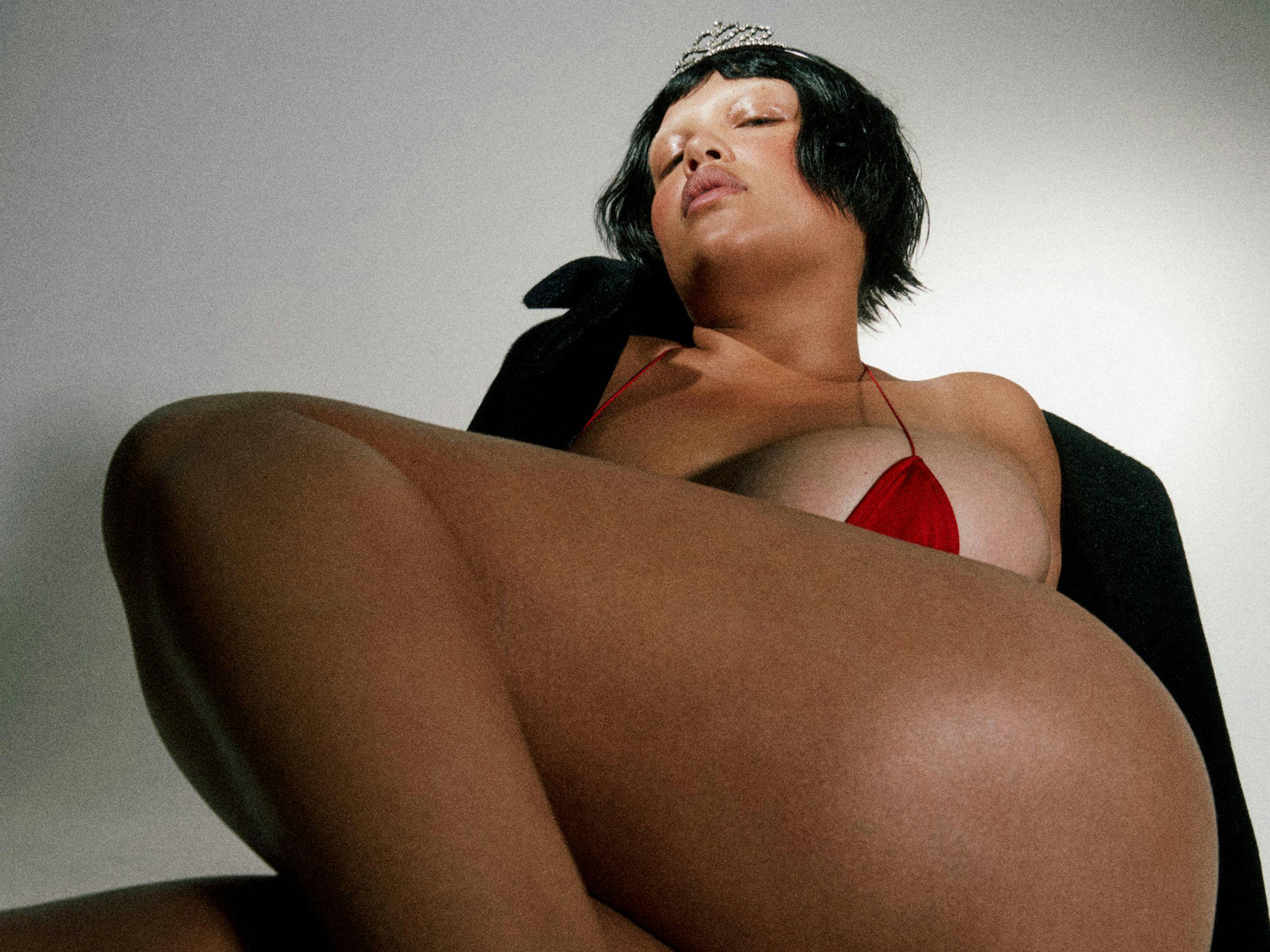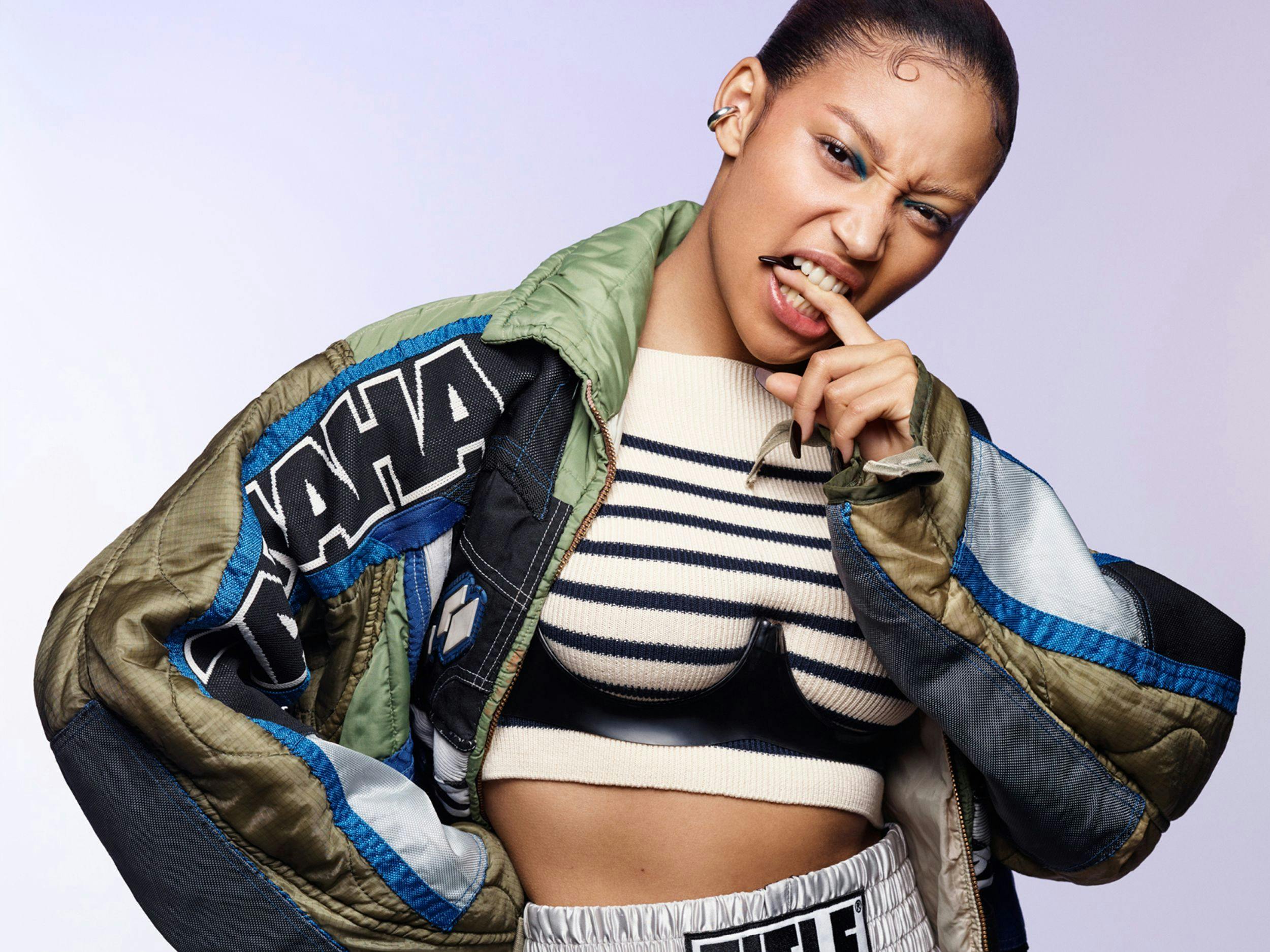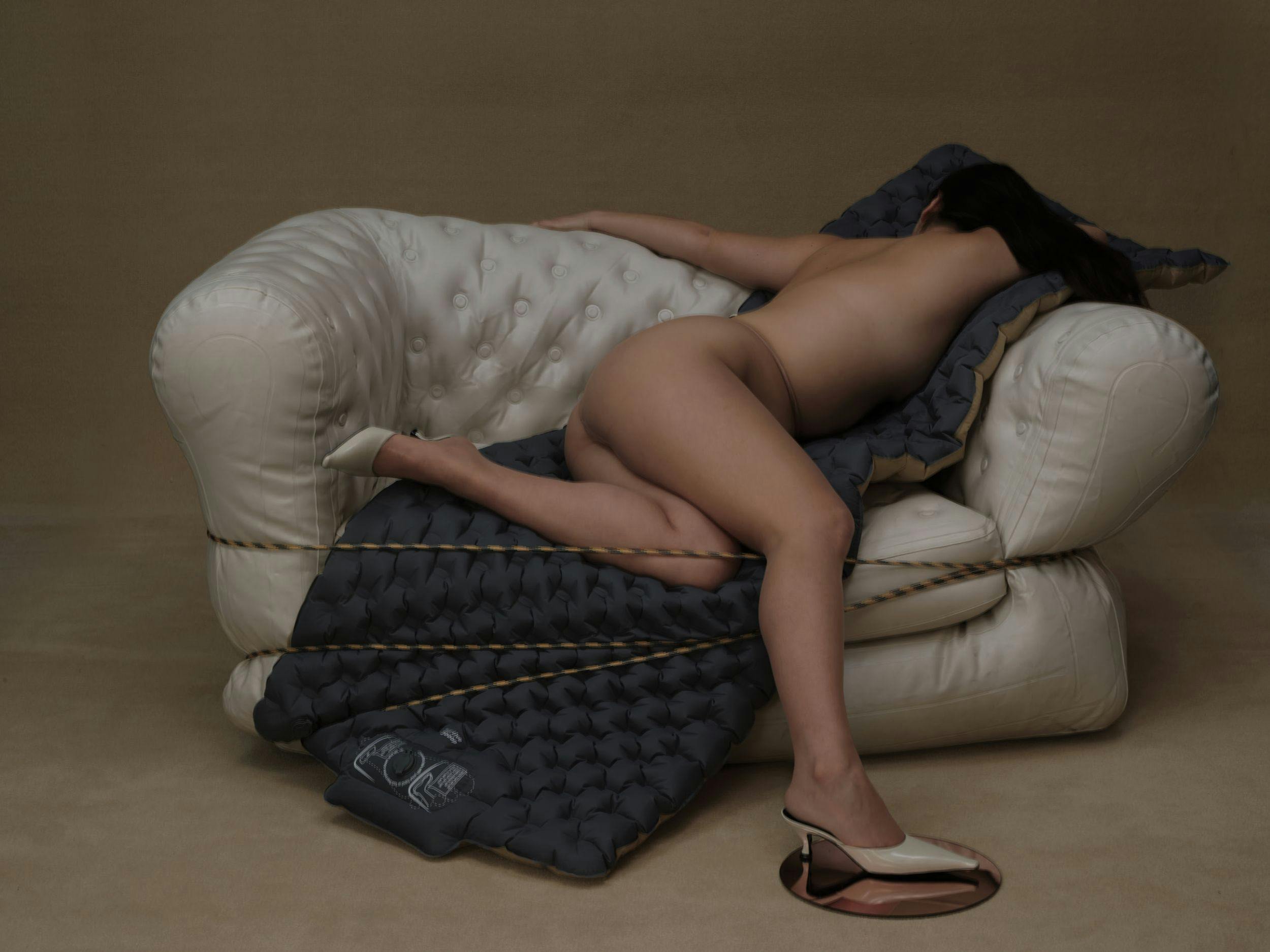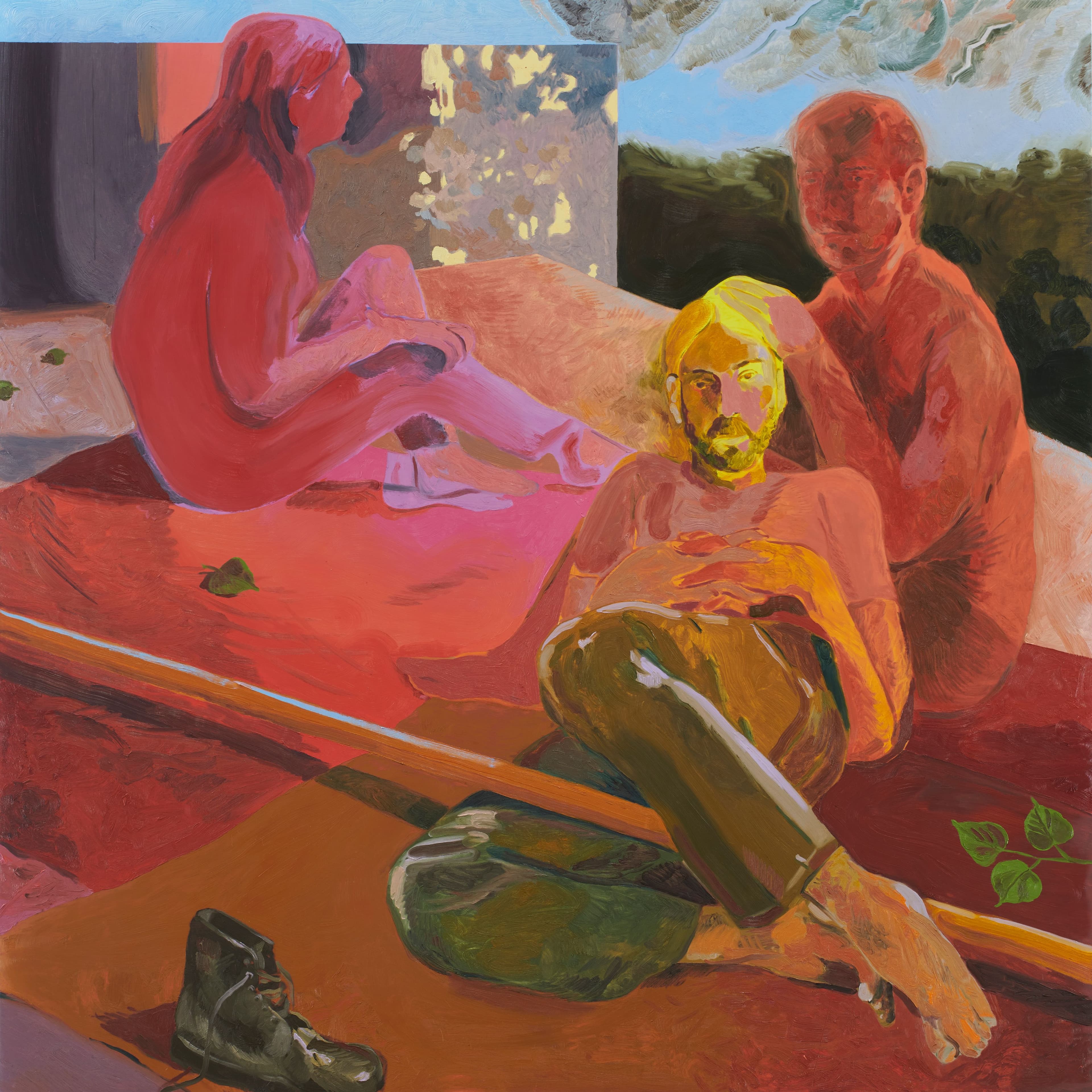
Anthony Cudahy, Tempest (rooftop), 2021
Anthony Cudahy Won’t Censor Himself Anymore
After the artist Anthony Cudahy graduated from Pratt, he initially focused on creating works with a “muted“ visual language, he recalls, in a youthful effort to “make them read as serious.“ A decade later, the Brooklyn-based painter has confidently assumed a creative voice that is provocatively personal and vibrantly compelling, with radiant hues and an openly queer iconography pulled from a wide-ranging visual archive he has spent years assembling and now returns to frequently for inspiration. “I feel like there’s a lot of unlearning that goes on when you keep painting, so I think basically I just try to allow myself, in terms of subject matter but also in terms of how it’s painted or the colors or anything, to not censor myself for a particular viewer,“ he explains. “I’ve always been of the mind that if you’re really trying to be specific about your own experience, I think that more people can relate to that than trying to speak to other concerns.“
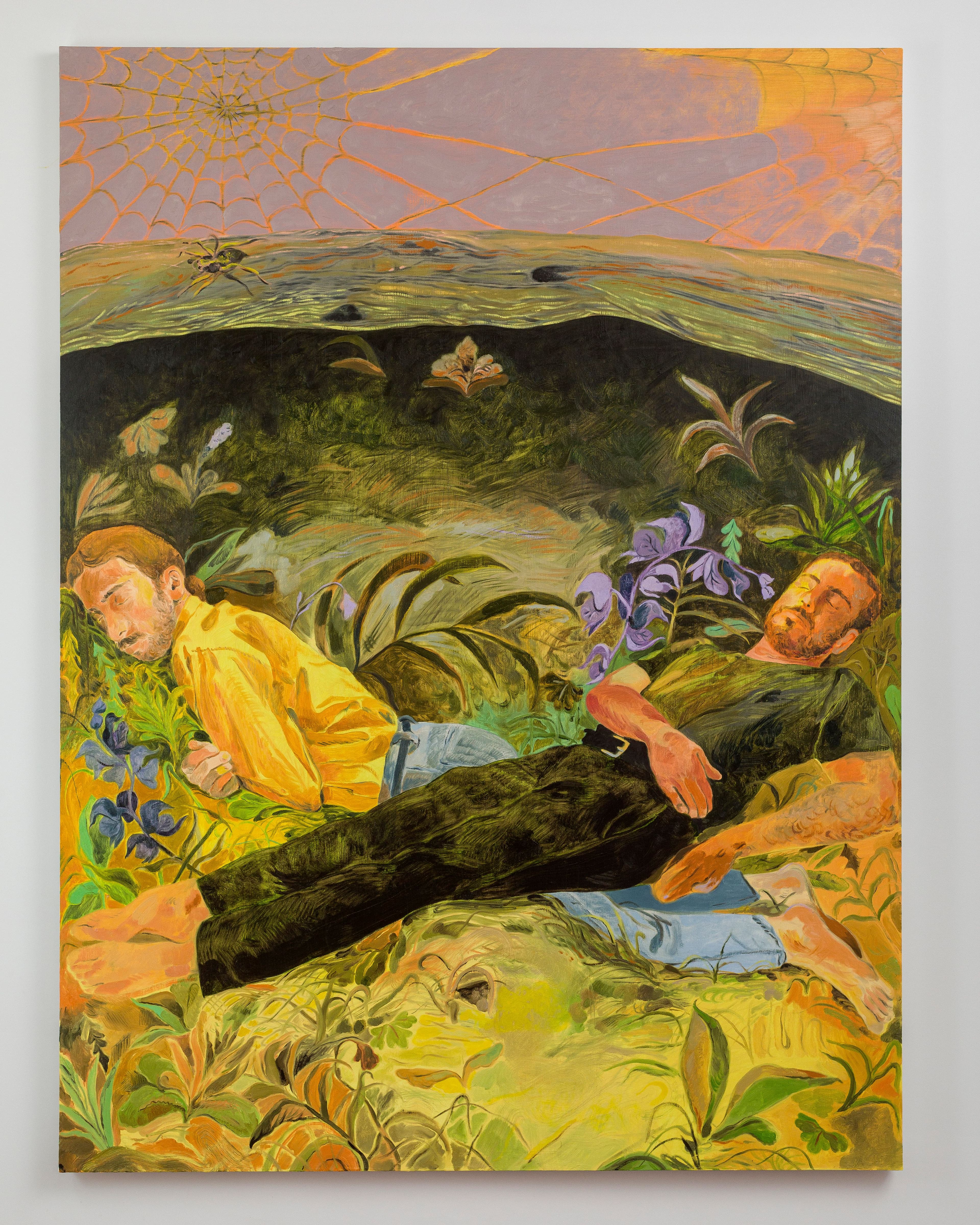
Anthony Cudahy, Anti-bausor tree (protected sleepers, wolf’s-bane and spider around), 2021
In his recent solo début at West Chelsea’s Hales Gallery, Cudahy showed a collection of paintings and drawings created over the course of this year, inspired by sources ranging from medieval etchings to his own camera roll and the 2005 Kate Bush song “A Coral Room,” which inspired the exhibition’s title. The artist says he likes to conceive of his shows as albums in a way, taking into consideration the pacing and the overall narrative path the viewer takes around the gallery. He presented some of his largest and most powerful paintings yet, including one of two men lying under the sheltering bough of a gnarled tree in homoerotic bliss that takes its composition from a centuries-old xenophobic text, turning what was originally a threat into an invitation. “The image stayed with me,“ he says. “I feel like a lot of the images that I collect, there’s something potent about them that I keep coming back to and thinking about.“
Like so many artists facing newfound constraints, Cudahy shifted his attention during last year’s lockdown, finding something almost “meditative“ in the immersive mark-marking of his drawings while estranged from his studio. “When I started doing them from home, I just went in the deep end and was trying to see how complex I could make a very tiny drawing,“ he recalls, “and just kept layering them and really taking my time with it.“ That practice has now informed his paintings, newly imbued with a richness and complexity at the same time as his latest drawings have become more painterly, with both combining for a singular and unified vision inflected by the queer experience. “They’re in conversation with each other,“ he suggests. “I feel like they’re more specific than past bodies of works that I’ve made.“
For more information, please visit AnthonyCudahy.com.
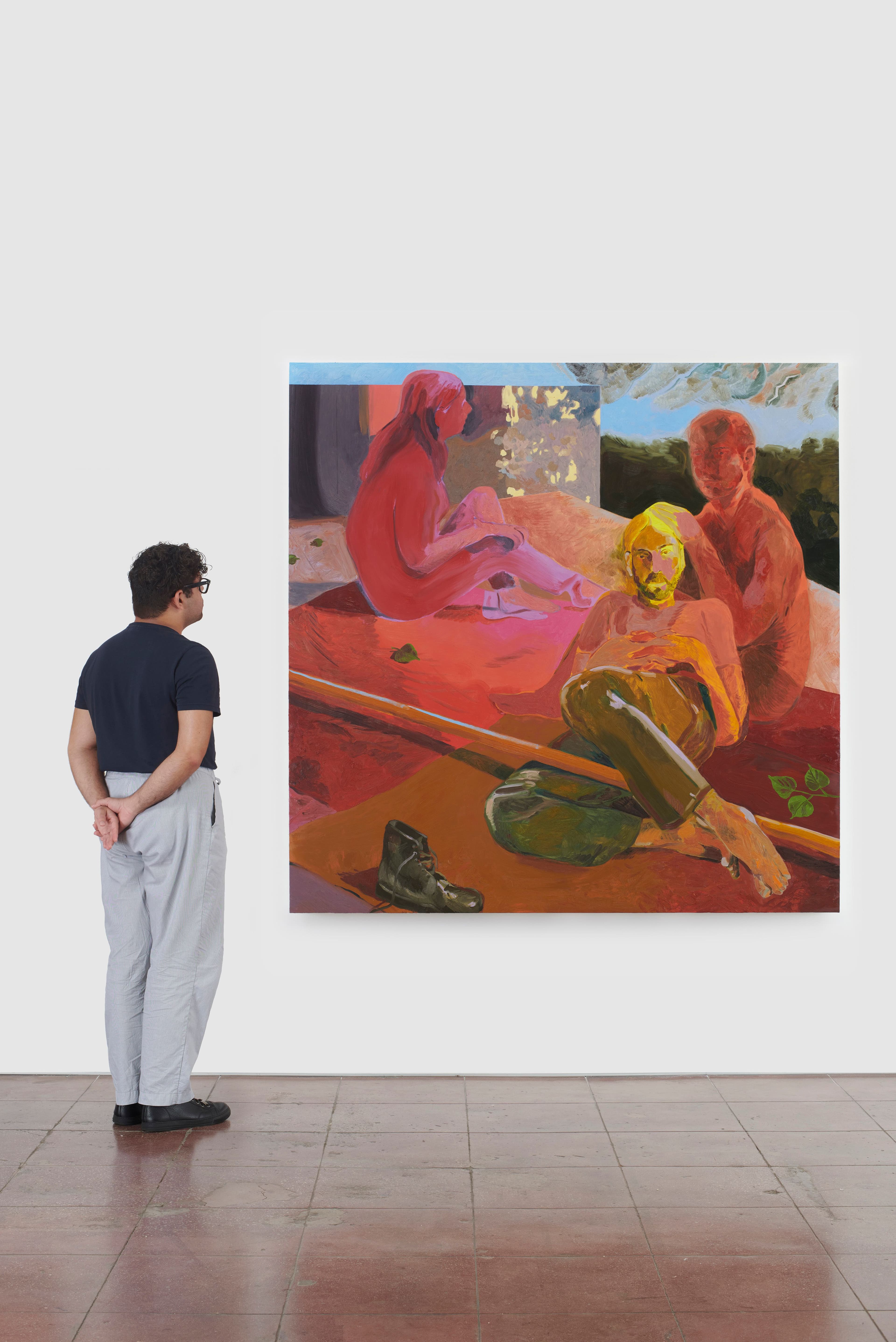
Anthony Cudahy, Tempest (rooftop), 2021
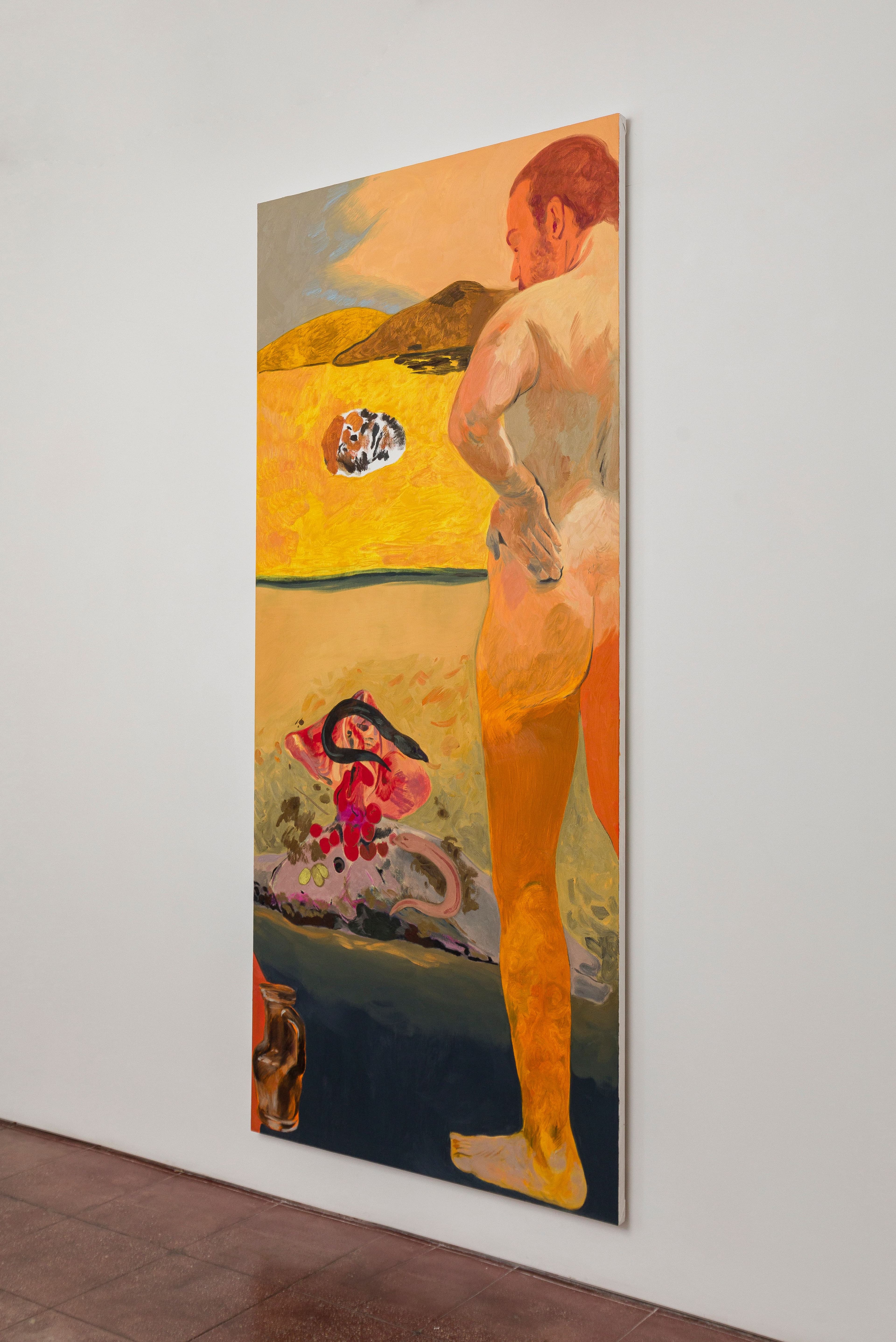
Anthony Cudahy, Washed up on shore (gift from the nothing), 2021
As a nonprofit arts and culture publication dedicated to educating, inspiring, and uplifting creatives, Cero Magazine depends on your donations to create stories like these. Please support our work here.
